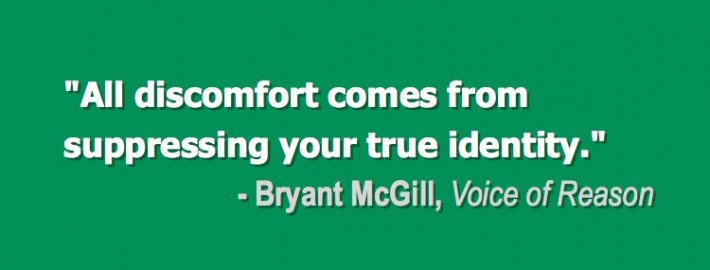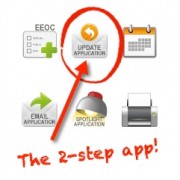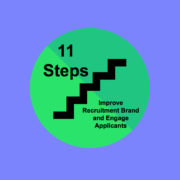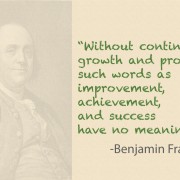4 Ideas for Better Promoting Disability Inclusion in Your Workplace
If you have a culture of universal inclusion, then many individuals and employees may not be as likely to see the need to self-identify their disabilities. With a company that willingly and proactively embraces teammates with disabilities, an environment may already be conducive to the needs of someone without the necessity of a reasonable accommodation. I’m paraphrasing this comment after hearing the statement from a very engaging speaker this week.
I had the pleasure of attending a joint meeting between my local SHRM chapter, IndySHRM, and the Indiana Industry Liaison Group (Indiana ILG) yesterday that featured Jennifer Sheehy as the keynote speaker. Jennifer is Deputy Assistant Secretary for the Office of Disability Employment Policy (ODEP), an agency within the U.S. Department of Labor. While the presentation was quite informative, especially regarding new reporting and posting requirements as the result of recent updates to Section 503 of the Rehabilitation Act, she also powerfully conveyed the impact that inclusion can have on the careers and lives of individuals with disabilities by sharing her own story of how she became a quadriplegic earlier in her life during an accident.
And during a time when many contractors are rushing to stay on top of a now more expansive list of technical regulations related to hiring and employment benchmarks and practices, it is important to see beyond compliance requirements and focus on getting your organization to the next level…a level on which you proactively encourage inclusion as a way of life. Here are some collective ideas I heard at this morning’s presentation on how you can proactively make your company an employer of choice for individuals with disabilities.
Create a website focused on disability inclusion efforts
Have you thought about having a devoted microsite, or an area on your existing corporate site or branded job portal that provides visitors with information about what your business is doing to set the example for other companies when it comes to welcoming and assimilating employees with disabilities into the work environment. The website might include videos with: a virtual tour of your office and all its accessibility features; commentary from existing employees about your company’s inclusion initiatives; and, footage of different assistive technology that you have made available to employees.
Think about the words you use to explain initiatives
Our speaker brought up an interesting point that reminded me of the “groupthink” phenomenon in which members of a group will, in the effort to reach a consensus, will tend to go along with what everyone else is saying because it is easier; or, because they are simply following the crowd. She indicated that it may be easier for corporations to look at statistics about what percentage of other organizations are perhaps in the same boat…the boat in which companies are simply trying to do the minimum of being compliant but not necessarily stepping outside their box when it comes to innovation in inclusion. They rationalize that since there are so many other organizations in their bare minimum cohort that they are smooth sailing.
She challenged us to rephrase those messages that tend to “make it okay” for organizations just to go along with the norm. Think about how you craft your content on marketing material, websites, in-person communication, and social media…make sure it keeps your business challenged to push the envelope to improve others’ awareness of your inclusion efforts rather than suggesting that you are simply compliant.
Use imagery that makes your inclusion initiatives clear
Make sure that the images you use in your employment brochures, marketing material, on your website, social media banners, etc. are truly representative of your outlook on hiring a diverse population of individuals from different backgrounds. As mentioned above, include photos of assistive technology available to help employees do their jobs. Also, if your organization does any community outreach efforts, regardless of the focus of any external partners involved, make sure to include pictures of those activities and content promoting your company’s commitment to supporting such events.
Partner with resource organizations
Proactively partner with agencies and non-profit organizations that assist individuals with job placement and workforce readiness. The ODEP site has a resources area that lists a number of other entities that work in this arena and that are endorsed by ODEP:
- JAN (Job Accommodation Network)
- LEAD Center (National Center on Leadership for the Employment and Economic Advancement of People with Disabilities)
- EARN (Employer Assistance and Resource Network – AskEARN.org)
- NCWD/Youth (National Collaborative on Workforce and Disability for Youth)
Also, you may narrow your resource search topic on the ODEP site in order to find statistics and other documents that may be of assistance to your organization.
I’m thankful for having had the chance to attend this informative event and appreciate the actionable ideas that organizations of all sizes can implement to improve their inclusion focus.
ExactHire offers applicant tracking software that helps small- and medium-sized companies collect applicant data and generate reports for use in compliance efforts. For more information about ExactHire’s HireCentric ATS, please visit our resources page or contact us today.









